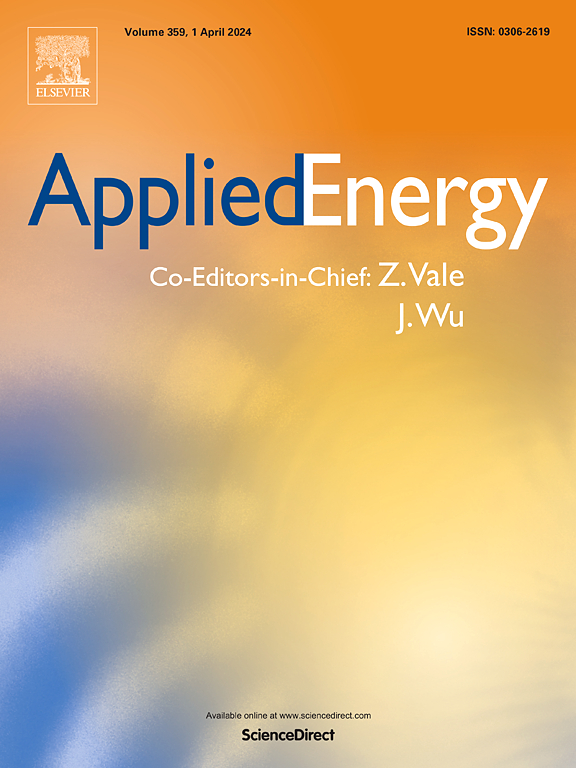Harnessing direct seawater electrolysis for a sustainable offshore Hydrogen future: A critical review and perspective
IF 10.1
1区 工程技术
Q1 ENERGY & FUELS
引用次数: 0
Abstract
The global drive for green hydrogen is pushing the boundaries of electrolyzer technology, aiming to operate efficiently in dynamic environments using impure water sources. Offshore hydrogen production presents a compelling opportunity by leveraging vast marine resources and reducing land conflicts. This paper explores the potential of offshore hydrogen production coupled with offshore renewable energy resources (wind and wave energy) utilizing direct seawater electrolysis (DSWE), highlighting their ability to reduce infrastructure complexity, lower energy consumption, and adapt to space constraints inherent to offshore environments. Current offshore projects, such as offshore wind and wave power generation, underscore the increasing relevance of offshore hydrogen production. Projects like Sealhyfe (France) and PosHYdon (Netherlands) are pioneering the integration of offshore wind with offshore green hydrogen production, demonstrating the feasibility of large-scale offshore operations. Despite existing challenges, such as unavailability of infrastructure for hydrogen transport to onshore consumer, electrolyzer compatibility with direct seawater and need for robust desalination techniques. Advancements in hybrid electrolyzer designs and novel electrocatalyst resistant to corrosion, can pave the way for efficient and cost-effective offshore hydrogen production. This paper discusses the state-of-the-art developments in DSWE technology and the strategic role it can play in sustainable offshore hydrogen generation, emphasizing the need for continued research and collaboration to overcome technical hurdles and accelerate commercialization.
求助全文
约1分钟内获得全文
求助全文
来源期刊

Applied Energy
工程技术-工程:化工
CiteScore
21.20
自引率
10.70%
发文量
1830
审稿时长
41 days
期刊介绍:
Applied Energy serves as a platform for sharing innovations, research, development, and demonstrations in energy conversion, conservation, and sustainable energy systems. The journal covers topics such as optimal energy resource use, environmental pollutant mitigation, and energy process analysis. It welcomes original papers, review articles, technical notes, and letters to the editor. Authors are encouraged to submit manuscripts that bridge the gap between research, development, and implementation. The journal addresses a wide spectrum of topics, including fossil and renewable energy technologies, energy economics, and environmental impacts. Applied Energy also explores modeling and forecasting, conservation strategies, and the social and economic implications of energy policies, including climate change mitigation. It is complemented by the open-access journal Advances in Applied Energy.
 求助内容:
求助内容: 应助结果提醒方式:
应助结果提醒方式:


